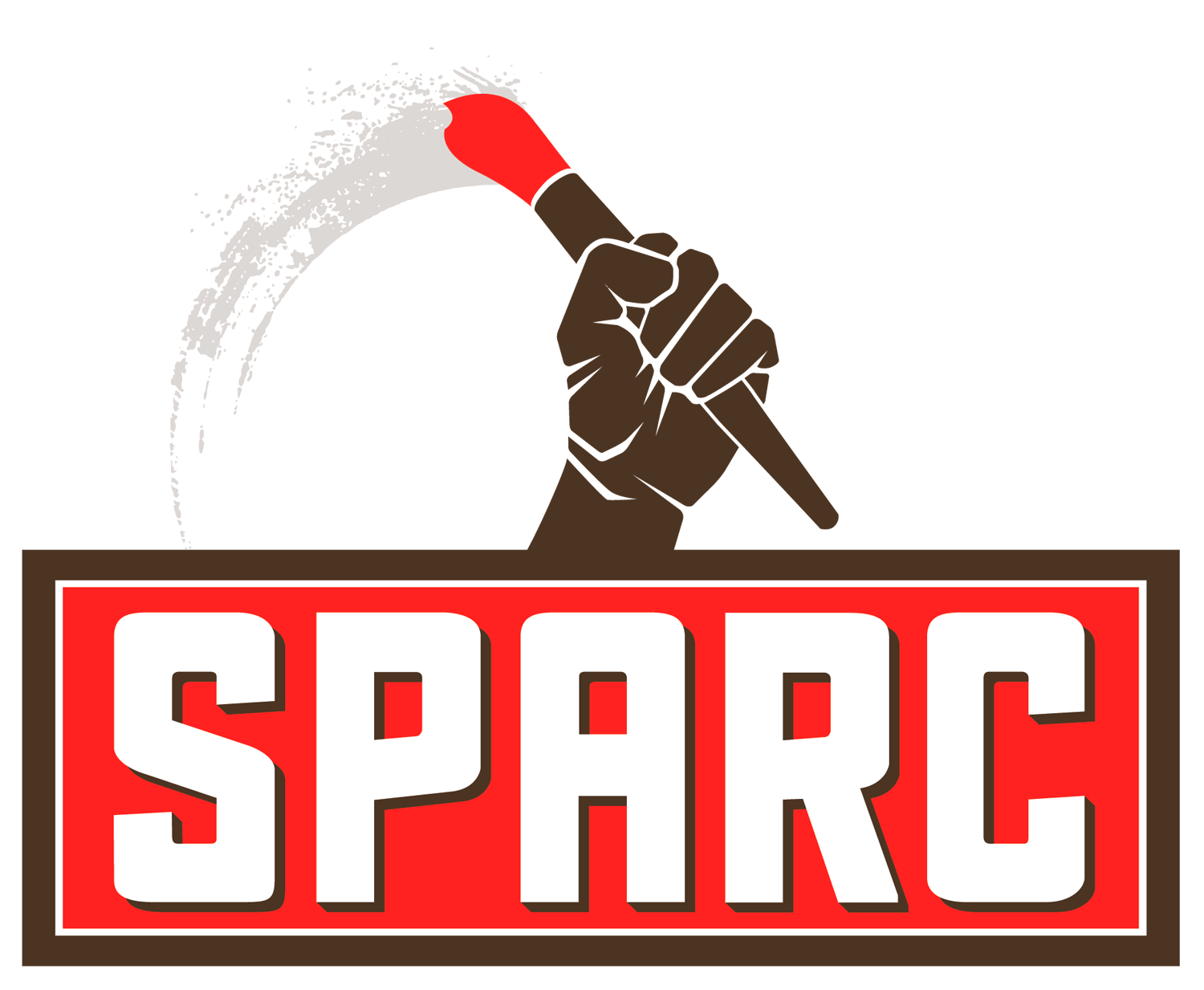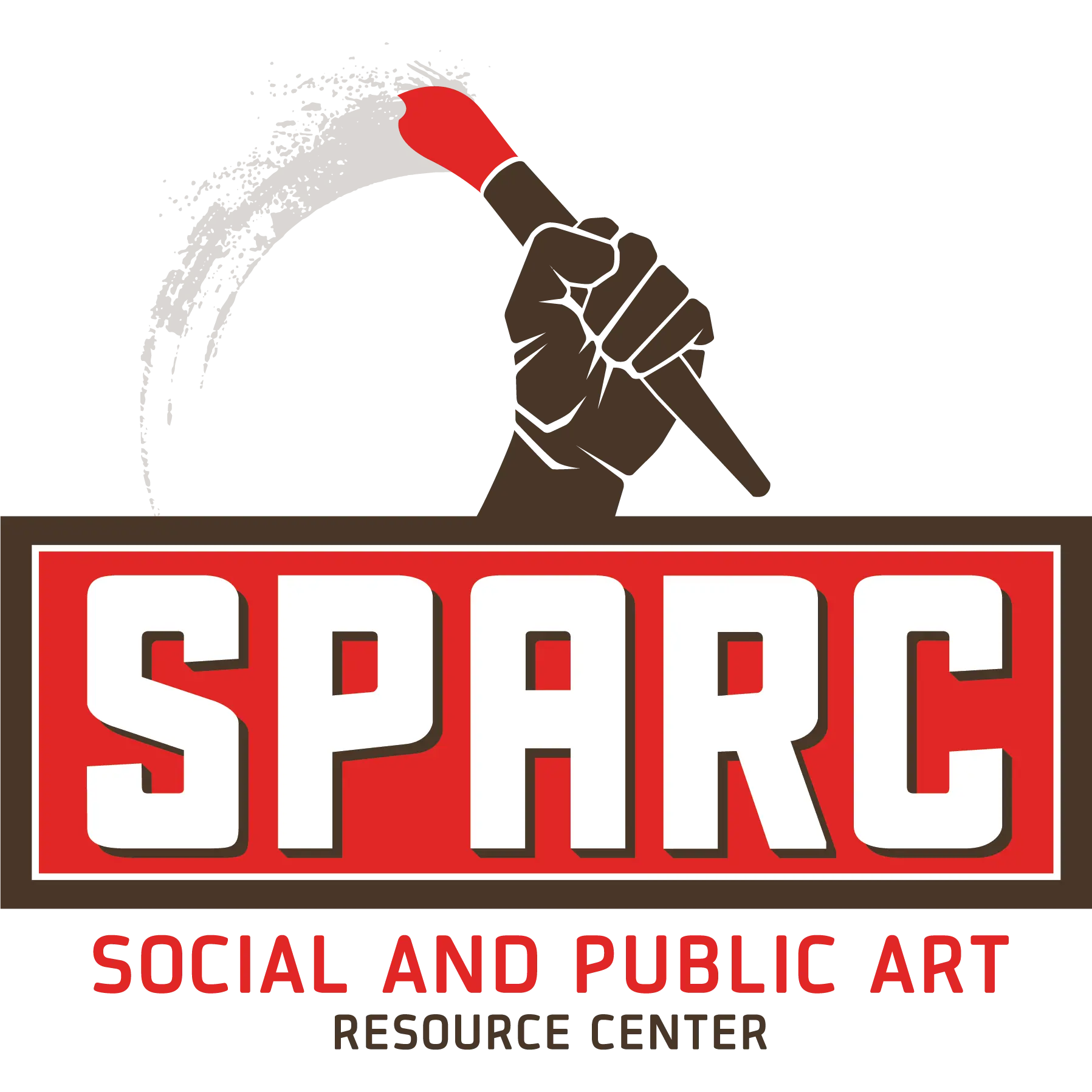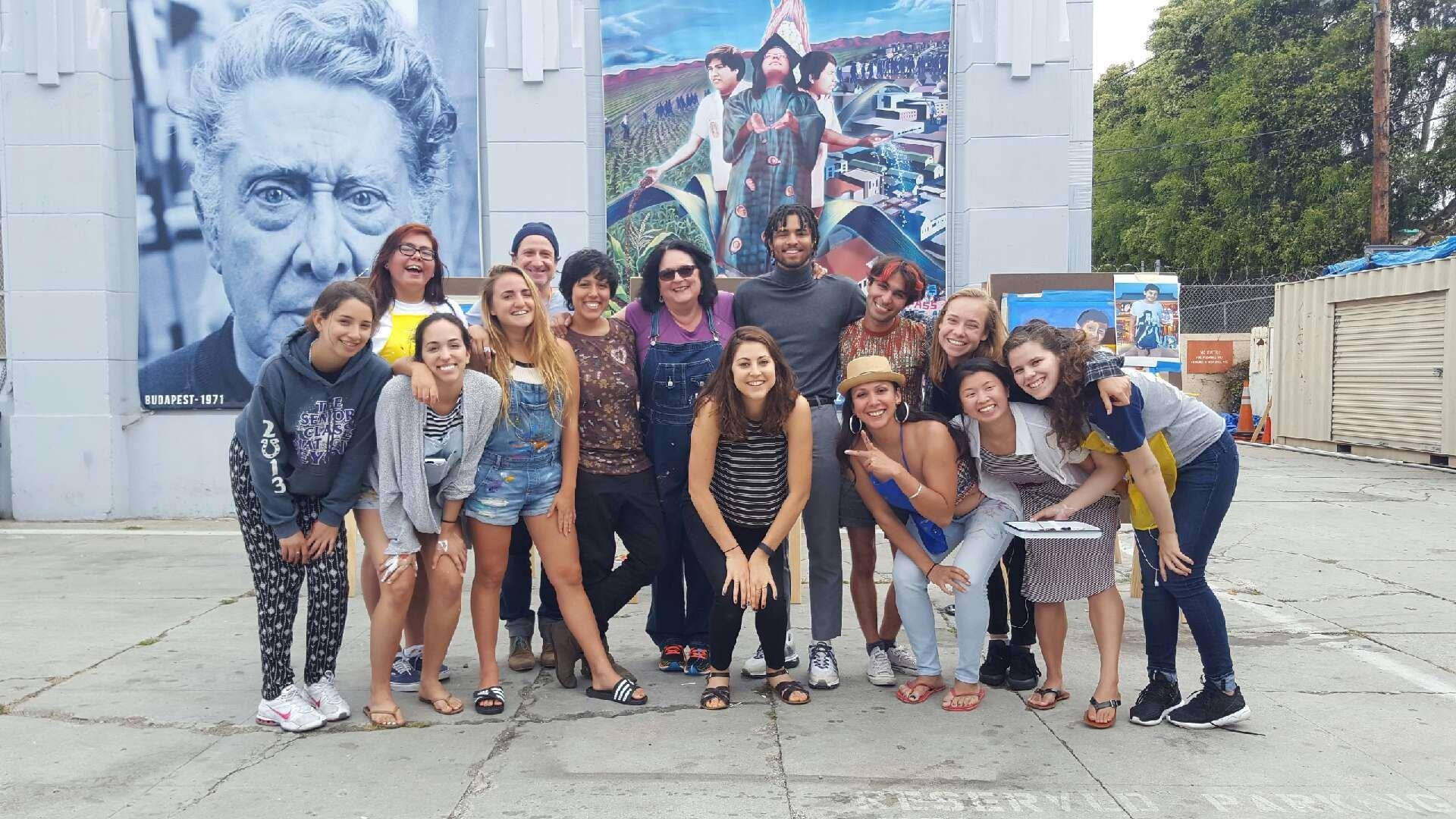Engaging Communities in the 50th Anniversary of the Watts Riots – SPARC Mural Project
With support from the Department of Cultural Affairs Los Angeles, the office of City Councilman Joe Buscaino, and Los Angeles Unified School District
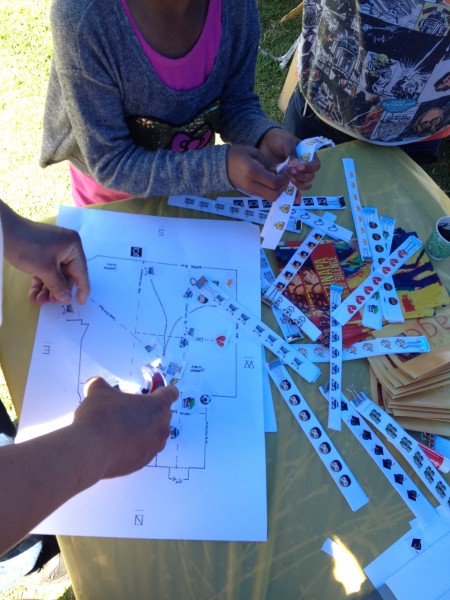 As a part of pursuing the Watts 50th Anniversary project, members of the SPARC team have been working closely with the community group I Heart Watts. Our collaboration has become a meaningful and important way for SPARC and members of this project to develop relationships with community in Watts. Because our project is site specific and draws its history from the local community, we are very pleased to participate with I Heart Watts in biweekly meetings and other events. We are proud to share that our outreach, which has been on-going since the beginning of 2016, also includes participating with the “Ride for Love”/ Grand Opening of the Hamwich Shack, conducting in depth interviews with residents who lived through the 1965 uprising and partnering at the First Annual I Heart Watts Picnic. In anticipation for the picnic, Kaelyn Rodriguez and Pilar Castillo created and lead a mapping activity with residents, parents and members of the Watts community as a way for us to listen to the community we build with. Our goal for this mapping activity was to curate a collective storytelling activity that would help us visualize the community’s dreams of the future while remembering the past. We will continue to outreach and interview elders and others in hopes of elevating and highlighting their voices and memories of the Watts rebellion as a way of brokering our work with the knowledge and lived experiences of residents. As outsiders and scholars, our aim is to cooperate with I Heart Watts and other community groups, individuals and local government agencies so that we can highlight the work that is already being done and encourage community members to participate with us.
As a part of pursuing the Watts 50th Anniversary project, members of the SPARC team have been working closely with the community group I Heart Watts. Our collaboration has become a meaningful and important way for SPARC and members of this project to develop relationships with community in Watts. Because our project is site specific and draws its history from the local community, we are very pleased to participate with I Heart Watts in biweekly meetings and other events. We are proud to share that our outreach, which has been on-going since the beginning of 2016, also includes participating with the “Ride for Love”/ Grand Opening of the Hamwich Shack, conducting in depth interviews with residents who lived through the 1965 uprising and partnering at the First Annual I Heart Watts Picnic. In anticipation for the picnic, Kaelyn Rodriguez and Pilar Castillo created and lead a mapping activity with residents, parents and members of the Watts community as a way for us to listen to the community we build with. Our goal for this mapping activity was to curate a collective storytelling activity that would help us visualize the community’s dreams of the future while remembering the past. We will continue to outreach and interview elders and others in hopes of elevating and highlighting their voices and memories of the Watts rebellion as a way of brokering our work with the knowledge and lived experiences of residents. As outsiders and scholars, our aim is to cooperate with I Heart Watts and other community groups, individuals and local government agencies so that we can highlight the work that is already being done and encourage community members to participate with us.
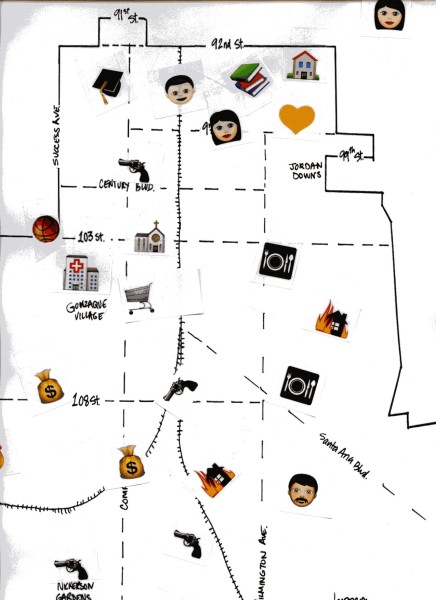
In an interview with Kaelyn Rodriguez, Dr. Chris Hickey discussed his experiences as a 13-year-old boy growing up in Watts with the aftermath of the rebellion. His account of the rebellion is extremely important for our conceptualization and visualization of this project. Within the interview, Dr. Hickey reflects on his understanding of what was happening in Watts, as well as the importance of the arts and art institutes in Watts for becoming socially conscious members of society. See the excerpt below:
It wasn’t until the riot and some of the dialogue about the riot that I learned—I always like to say—I learned that I was poor. My mother was a very learned person; she read a lot, she was a writer, and so she started explaining. I knew the riots started because of someone being harassed by the police, but [my mother] explained that it wasn’t just a bunch of wild people looting and burning; it was an expression of disappointment, an expression of outrage about the differences with economics. My mother was on welfare, but that didn’t mean anything to me—everybody was on welfare. But just then that I recognized and started to be aware that there was a bigger issue than just what was going on or what I perceived what the riot was about. Economic disparities were a factor, and that there were economic disparities.
…there were some art institutes that started to spring up in Watts. One of them was the Watts Writers Workshop, which became very famous. The other was the Mafundi Institute. So me and my friends started hanging out there. And then there was a lot of talk from some of the elders, a lot of consciousness talk. It was in the context of being artistic and creative. But a lot of that creativity and that artistry was around these feelings of neglect in our community. In fact, the Watts Prophets were at Mafundi, but they were born out of the Watts Writers Workshop, so these became heroes. They became heroes because these guys were articulating Malcolm X in an artistic way, and us as kids in Watts, were being taught to express ourselves artistically. Through that artistic expression, we were also being awakened consciously about what our conditions were. And so we had the Watts Writers Workshop, the Mafundi Institute, not far from that you had the Black Panther Party office, oh I loved going in there! Across the street from there was the Nation of Islam…A lot of consciousness was starting to come.
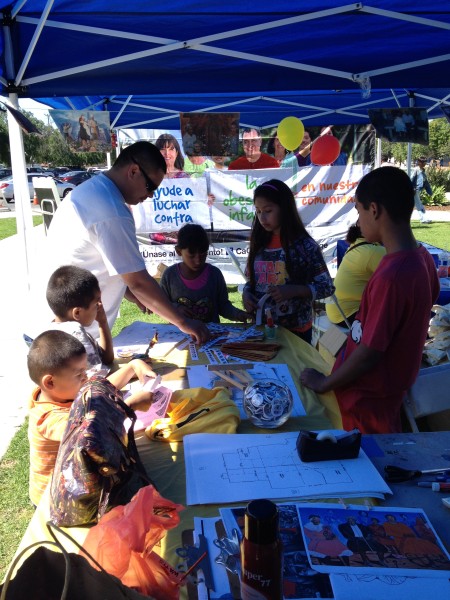
 historical economic distress that has persisted in different areas of Los Angeles for decades. They also point to grassroots solutions and for social marginalization–community, social consciousness and the arts. Two days later, on March 3, 2016, another member of I Heart Watts offered this:
historical economic distress that has persisted in different areas of Los Angeles for decades. They also point to grassroots solutions and for social marginalization–community, social consciousness and the arts. Two days later, on March 3, 2016, another member of I Heart Watts offered this:
We have these meetings now, back then, we couldn’t have them kind of meetings because everybody wasn’t involving themselves like now. See now, it’s mixed, everybody get along—they eat together, they pray together. Back then, there was a lot of stuff, it was just shaky. That’s why this riot happened, it was the power. People got tired of getting just pushed around. You still have that power struggle, but its better understanding now.
By having a better understanding of the history of power and inequity in Watts, we aim to reflect and celebrate the voices, histories and dreams of Watts’s residents in our project.
